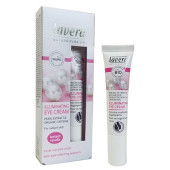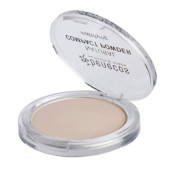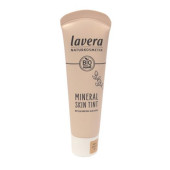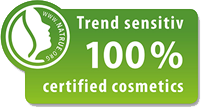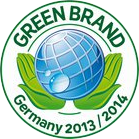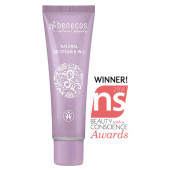Most sunscreens offer little to no protection against UVA rays. That SPF number you see on the bottle only tells you the UVB protection factor. While UVB rays are responsible for sunburn, UVA rays penetrate to the deeper layers of skin, and is a major factor in premature aging and skin cancer. Clearly, protection from UVA rays is a serious factor to consider when purchasing sunscreen.
2009 European Union regulations require that a sunscreen's UVA protection comprise one third of the product's total SPF rating. For example, if the UVA protection is SPF 5 and the UVB protection is SPF 30, the overall SPF allowed to be displayed on the product is 15, despite the fact that the UVB protection is actually much higher. While the FDA is reportedly working on a UVA rating system, currently in the US there is no UVA requirement.
 UVA rays penetrate deeply into the lower layers of the skin. Because these rays go beyond the top of layer of skin, they can cause DNA damage and increase risk of skin cancer. UVB rays affect the surface of the skin and cause sunburn. While sunburn is unhealthy, UVB rays also trigger the production of Vitamin D, but proper sun protection is required to reap the benefits without the health risks. Learn more about UV radiation.
UVA rays penetrate deeply into the lower layers of the skin. Because these rays go beyond the top of layer of skin, they can cause DNA damage and increase risk of skin cancer. UVB rays affect the surface of the skin and cause sunburn. While sunburn is unhealthy, UVB rays also trigger the production of Vitamin D, but proper sun protection is required to reap the benefits without the health risks. Learn more about UV radiation.
The safest and most effective type of sun protection is mineral sunscreen. Minerals, like zinc oxide, form a physical barrier on the skin to reflect both types of UV rays, and prohibit UVA rays from penetrating the skin. Though the FDA has approved many chemical sunscreen ingredients safe for use, zinc oxide is by far the best sunscreen ingredient that provides both UVA and UVB protection. Titanium dioxide is less effective against UVA. And don't be convinced by the term "Broad Spectrum Protection" on a product's label, as most chemical sunscreens making this claim do not protect against UVA rays. In fact, only 2 other chemical compounds provide extensive protection against UVA rays, as seen in the chart on the right.
 In the case of SPF, more is not necessarily better. An SPF of at least 15 is advised for most, but this does not mean an SPF 30 will provide you with double the protection. As stated by the EPA in their sunscreen publication, "When properly used, an SPF of 15 protects the skin from 93 percent of UVB radiation, and an SPF 30 sunscreen provides 97 percent protection." SPF 60 provides slightly better than 98% protection from UVB radiation.
In the case of SPF, more is not necessarily better. An SPF of at least 15 is advised for most, but this does not mean an SPF 30 will provide you with double the protection. As stated by the EPA in their sunscreen publication, "When properly used, an SPF of 15 protects the skin from 93 percent of UVB radiation, and an SPF 30 sunscreen provides 97 percent protection." SPF 60 provides slightly better than 98% protection from UVB radiation.
Purchasing a safe and effective sunscreen is only half the battle. Proper application is a must for adequate sun protection. Just because an SPF of 30 indicates 300 minutes (5 hours) of protection before skin burns, repeated application is still necessary. The EPA advises: 1 ounce, or a shot glass full, of sunscreen, applied every two hours, or more if you are swimming or perspiring. Be sure not to forget lips, ears, feet, hands, bald spots and the back of neck. The amount of time in the sun your sunscreen offers also depends on your skin type.
More informative product labels definitely benefit consumers in making educated choices. Lavera's line of sunscreens now meet European regulations for UVA protection, offering the best all natural protection against damage from sun exposure. Lavera uses a blend of coated titanium dioxide and coated zinc oxide in their sunscreeens for maximum protection, without the harmful ingredients of chemical sunscreens.



